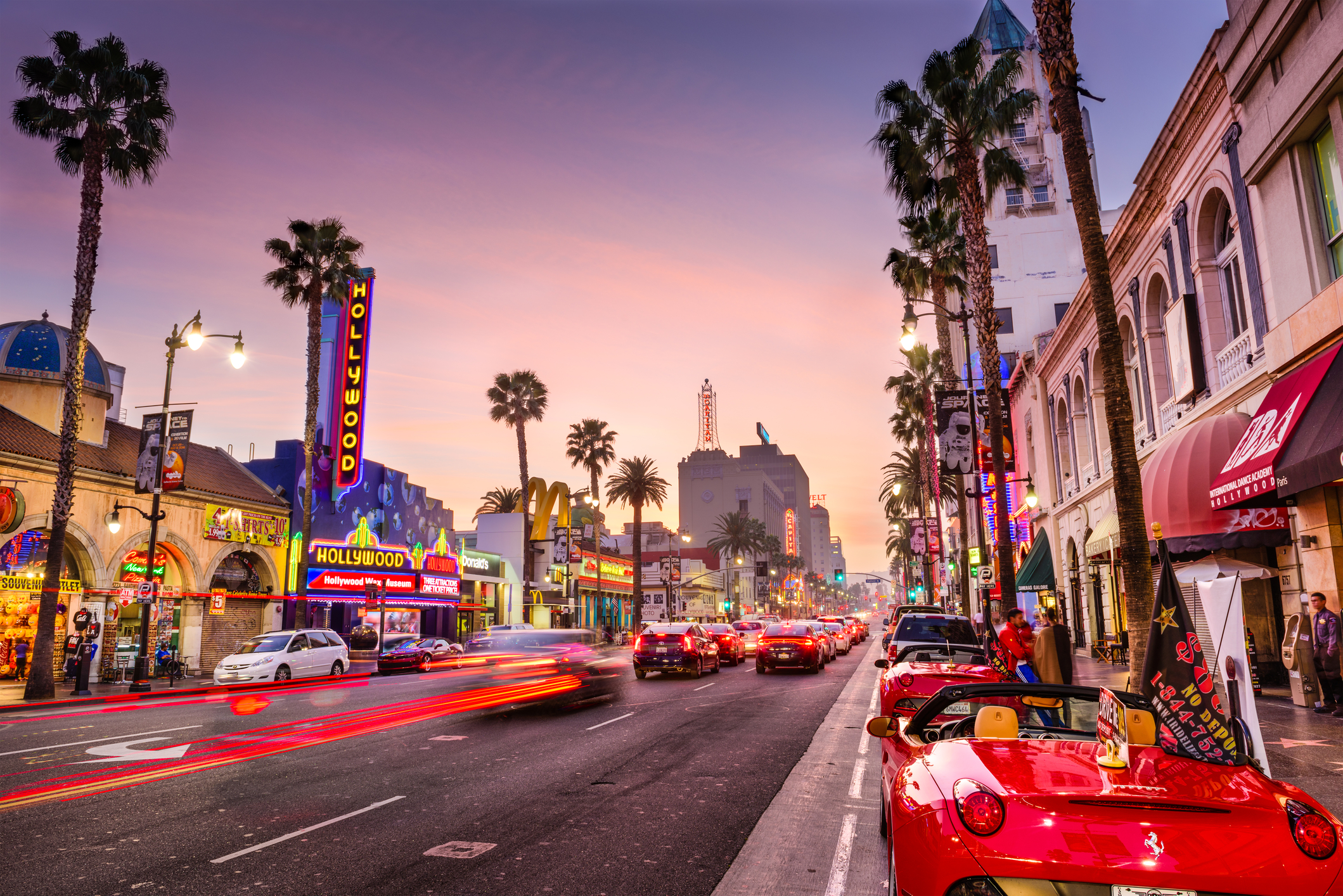Ferdinando Marinelli Artistic Foundry – specialized in the traditional lost-wax casting technique – was established in Florence in 1905 thanks to the initiative and foresight of Ferdinando Marinelli Sr., who drew casts of renowned statues of the Classical and Renaissance periods when this was allowed by the Italian regulation. These priceless molds have been carefully preserved by his descendants throughout the years, and still today they are used to realize stunning bronze copies of masterpieces like Ghiberti’sSaint Matthew or the Italic Minerva (V-IV B. C.).
Florence, and Italy in general, are extremely rich in outstanding examples of art works from the past. Yet nowadays drawing casts of ancient sculptures is prohibited by the law, and the only way for the Foundry to get new ones is to accept institutional commissions aimed at protecting the originals by storing them in museums and replacing them with bronze replicas.
From the casting technique to the materials and tools used, the skilled craftsmen who work at the Foundry strictly respect the artistic tradition dating back to the Renaissance, as every change they have ever tried to introduce led to less accurate and powerful outcomes.
Lost-wax casting is a long and complex process, as the founder’s heir Ferdinando Marinelli explains. It starts by creating a wax mold which is covered with a refractory material called “loto” and then fired for about 10 days. Once completely molten, the wax leaves an empty cavity inside the mold, where the liquefied bronze is poured taking the same shape of the former wax cast. Finally, it is freed from the refractory cover and hand-finished by smoothing and chiseling in order to remove any imperfection.
Looking at the huge, heavy, and surprisingly detailed sculptures showcased in the gallery, library and patio of the Italian Cultural Institute, the hard work and expertise behind each of them is clearly visible.
The beautiful exhibition “Of Bronze and Fire” – organized under the patronage of the Italian Ministry of Foreign Affairs, Tuscany Region, and City of Florence, with the support of the Consulate General of Italy and in the framework of 2013 – Year of the Italian Culture in the United States -, opened at the IIC on Tuesday, October 15 through November 9.
It includes over 20 bronze reproductions of masterpieces by artists such as Giambologna or Ghiberti, as well as the renowned Etruscan “Roman She-Wolf” and “Wild Boar” statues respectively the symbols of the cities of Rome and Florence. A selection of sculptures will also be hosted at the private residence of Consul General Giuseppe Perrone, who attended the exhibit’s presentation at the IIC and acknowledged the role played by the Foundry in promoting Italian artistic excellence and making it accessible at global level. He also read the appreciation letter by Matteo Renzi, Mayor of Florence.
Most of Marinelli Foundry’s clients are public institutions and art collectors, not only at national level but worldwide. In addition, the Foundry also realizes replicas of contemporary artworks, enlargements of smaller sculptures, as well as original and customized designs on demand, like the Fountain of the Seven Horses for the new Bronco Stadium in Denver, Colorado.
Among the most amazing creations of these talented artisans are the staircase banister of the Vatican Museums in Rome, the 13-meter high equestrian monument in Skopje, Macedonia, and one of the horses decorating the Arlington Memorial Bridge in Washington. This year, on the occasion of Verdi’s bicentennial, a bronze bust of the celebrated Italian composer was also realized by sculptor Eleonora Villani, and it will be displayed at the LA Opera Theater during the staging of Verdi’s “Falstaff” fromNovember 9 to December 1.
As the IIC Director Alberto Di Mauro said, Marinelli’s art is a perfect example of the distinctive combination of creativity and handicraft that has always identified Made in Italy all over the world, while Atty. Federico Frediani – who collaborated to the organization of the exhibit – underlined that thanks to Marinelli’s reproductions next generations will still be able to admire great masterpieces while the originals are preserved indoor.





























